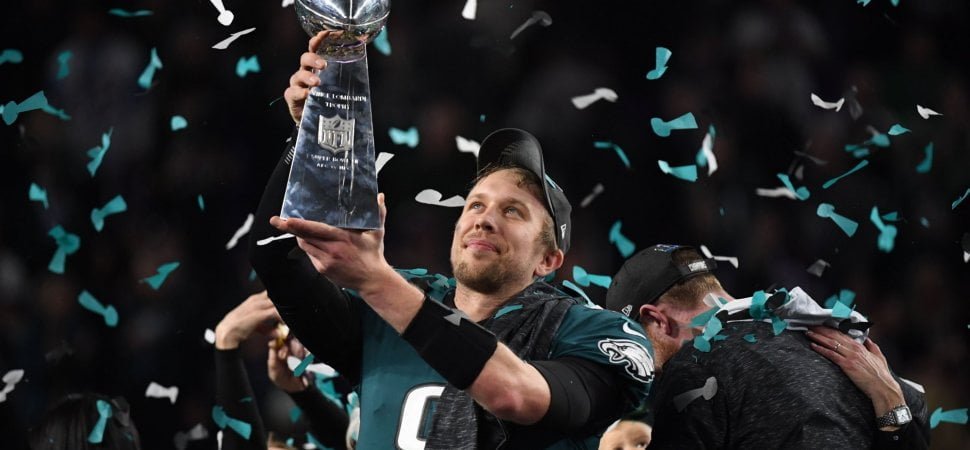
I’ve never been a huge Super Bowl watcher. I grew up cheering for the Vikings who never make it (this year was particularly painful) so the only reason to watch the Big Game has been the commercials and the halftime show.
This year was no different. With brands spending $5 million for 30 seconds and Justin Timberlake as the entertainment, I settled in that Sunday afternoon expecting marketing masterpieces and an epic concert with a little football in between.
As irony would have it, the best thing about Super Bowl LII was actually the game itself. And though Tom Brady lost and Justin Timberlake was a disappointment, the biggest losers of the night were this year’s commercials. Universally bland, clearly ad execs decided it was better to play it safe and go for the field goal than risk backlash at a failed two-point conversion.
We saw this coming. The Wall Street Journal warned three days before the Super Bowl that brands were sticking to “humor, nostalgia and humanitarian efforts” this year. It’s easy to understand why: Last year, companies like RP Lumber and Anheuser-Busch faced backlash from their politically charged ads that ran during the 2017 Super Bowl. And, though it wasn’t a Super Bowl ad, Pepsi faced the wrath of an ad gone wrong with the 2017 young Jenner disaster.
Is Boring All That’s Left?
The question is, if controversial or politically charged Super Bowl commercials are too risky, but humorous commercials are forgotten before people gather at the water cooler Monday morning, what is a brand to do?
To answer that question, let me take you back to 2014 where Anheuser-Busch ran a Super Bowl ad that hit the commercial sweet spot. It was as far from controversial as apple pie (not pizza pie, obviously), not at all funny, and yet totally memorable.
Even now, if I asked you to name the biggest commercial of the 2014 Super Bowl, you may hesitate. But if I mentioned, “the one with the puppy and the horses,” suddenly non-HD images would likely come back to you of those 30 seconds from four years ago of that adorable retriever puppy and the Clydesdales.
What made that ad a winner? It told a story. It was safe, yes, but it was also compelling.
Whether you have a small business, a growing business or a massive brand (like Budweiser), take a page from the 2014 Super Bowl commercial playbook and follow these guidelines for telling your game-winning stories.
- Go back to basics. Remember your 3rd grade English class where your teacher told you a story has a beginning, middle and end? As rudimentary as it is, the basics of a good story still resides in that three-part formula. Engage your audience by bringing them along on a journey that starts, continues and ends. Give them them an opportunity to wonder what might happen next and delight when the story comes to a satisfactory ending.
- Don’t get too emotional. While the goal of any good story is to incorporate emotion, don’t force it. Simple, relatable stories are often as compelling as highly dramatic ones due to their ring-of-truth nature.
- Don’t break the bank. Not every marketing piece has to be a super-expensive, complicated production. If you have the right story, hire film majors from a local college to help bring it to life. You get a beautiful piece of content and they get a great resume builder; win-win.
- It’s not all about you. Your business should take a backseat to the story. The Puppy Love commercial didn’t even mention beer and your logo shouldn’t appear until the end.
Though it’s hard to believe, especially after the year they’ve had, in the end, the game of football was the big winner at Super Bowl LII. In fact, I might actually watch the whole season next year. Skol.

